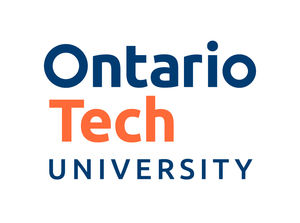Molecular dynamics simulations and neural network solutions for applications in biophysics
Abstract
As computing resources evolved and became more accessible over time, much of scientific research shifted towards utilizing computational techniques. In particular, biophysics is a field of science that has continually benefited from the advancement of computers. In biophysics, numerical models of biological phenomena generated from techniques traditionally used in mathematics and physics are solved using computational methods. One of the oldest and most popular of these computational methods is molecular dynamics (MD) simulations. On the contrary, deep learning is a newly emerging family of methods that have only recently found success in the biophysics community. In this dissertation, I present several contributions to biophysics by employing both MD simulations and a deep learning-based approach referred to as the neural network method (NNM). Specifically, the collective motion of ensembles of bacterial twitchers, the structure and dynamics of a phytoglycogen nanoparticle, and nanoparticle mobility through the slit-well microfluidic device are studied using MD. In each of these applications, varying modelling resolutions are chosen, reflecting the trade-off between modelling accuracy and computational efficiency. In addition to utilizing MD, the NNM is applied in this dissertation to solve partial differential equations modelling phenomena in the slit-well microfluidic device. That is, both the driving electric field and the solution to a parameterized equation modelling the mean first passage time of nanoparticles through the device are generated using the NNM. In all applications of the NNM, the accuracy and effectiveness of the technique are analyzed and benchmarked against results obtained using MD simulations.

